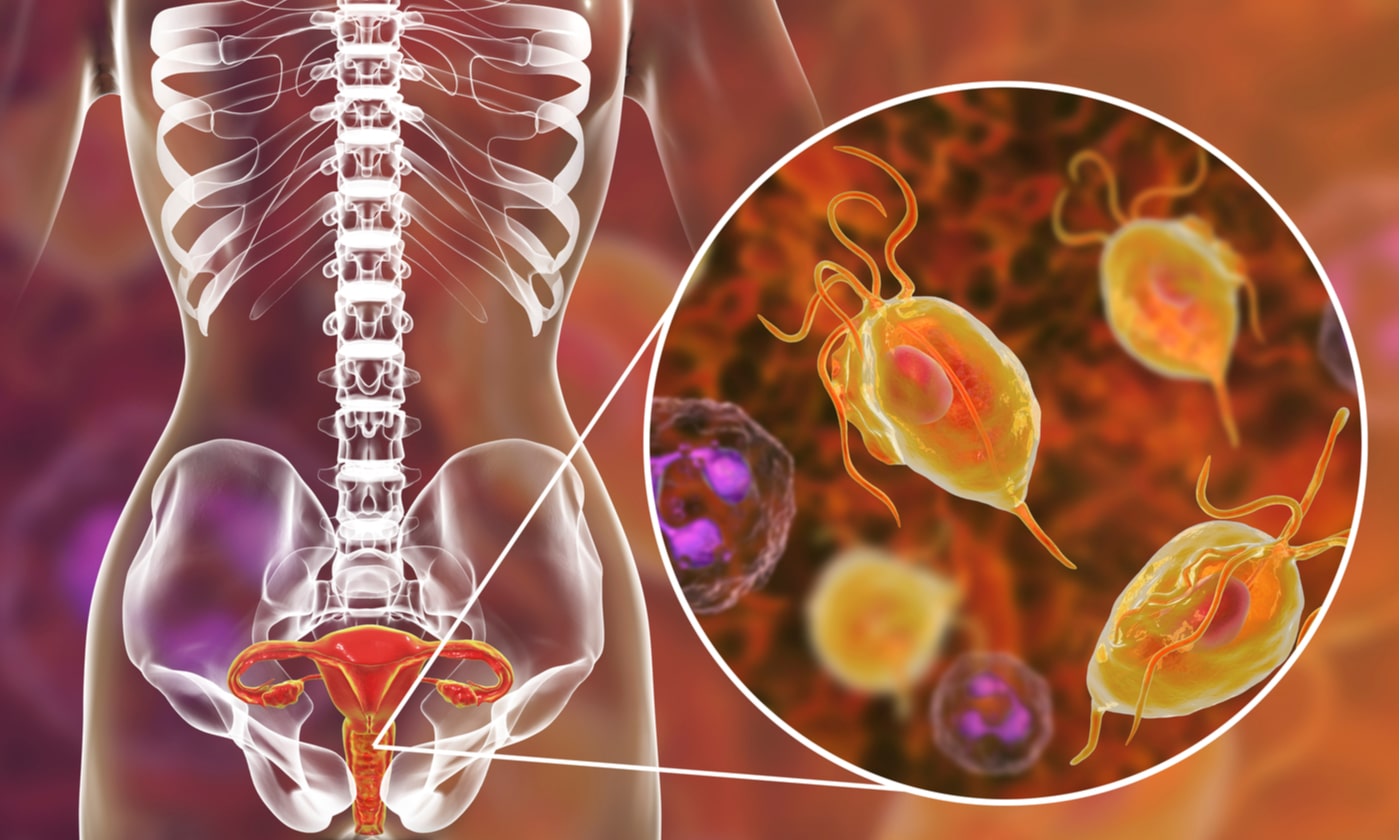What is chlamydia?
Chlamydia is a common sexually transmitted disease (STD) that is spread through sexual contact with the penis, vagina, mouth, or anus of an infected individual. Chlamydia can also be transmitted from a mother with an untreated cervical infection to her newborn during childbirth (1).
What causes chlamydia?
Chlamydia is caused by infection with the obligate intracellular bacterium Chlamydia trachomatis.
What are the symptoms of chlamydia?
Most individuals infected with chlamydia remain asymptomatic. If symptoms occur, it’s usually 1-3 weeks after exposure. Symptoms can include:
- Abnormal vaginal discharge
- Bleeding between periods and/or after sexual intercourse
- Increased urinary frequency
- Dysuria – painful urination
- Pain during sexual intercourse
- Abdominal and/or pelvic pain
- Urethral discharge
- Testicular pain
- Burning or itching in the urethra
Chlamydia can also affect the rectum, resulting in rectal pain, discharge, and bleeding (2), and the eyes, resulting in chlamydial conjunctivitis (red, watery, painful eyes) (3).
Who is at risk of chlamydia?
Any sexually active individual is at risk of chlamydial infection, with an increased risk among younger individuals. Chlamydia is one of the most prevalent STDs in the United States, with annual chlamydia cases estimated to be around 2.86 million (4).
How is chlamydia diagnosed?
Modern nucleic acid amplification testing (NAAT) provides the most sensitivity and specificity for a chlamydia diagnosis. These can be performed on vaginal swabs (either clinician- or patient-collected) or urine.
How is chlamydia treated?
Chlamydia is easily cured with antibiotics. However, repeat chlamydial infections from sexual contact with an infected partner are common, increasing the risk of serious reproductive health complications. Antibiotics do not repair any permanent damage done by the disease (5).
References
1. Sexually Transmitted Disease Surveillance, 2018. CDC. [Online]. October 2019.
2. Quinn TC, et al. (1981). Chlamydia trachomatis Proctitis. N Engl J Med, 305 (4), 195-200.
3. Kalayoglu MV (2002). Ocular chlamydial infections: pathogenesis and emerging treatment strategies. Curr Drug Targets Infect Disord, 2 (1), 85-91.
4. Satterwhite CL et al. (2013). Sexually transmitted infections among US women and men: prevalence and incidence estimates. Sex Trans Dis, 40 (3), 187-193.
5. Workowski KA & Bolan GA (2015) Sexually Transmitted Diseases Treatment Guidelines, 2015. MMWR Recomm Rep, 64 (RR-03), 1-137.



